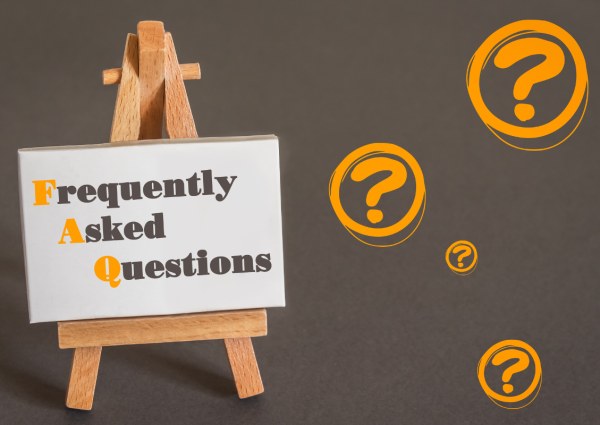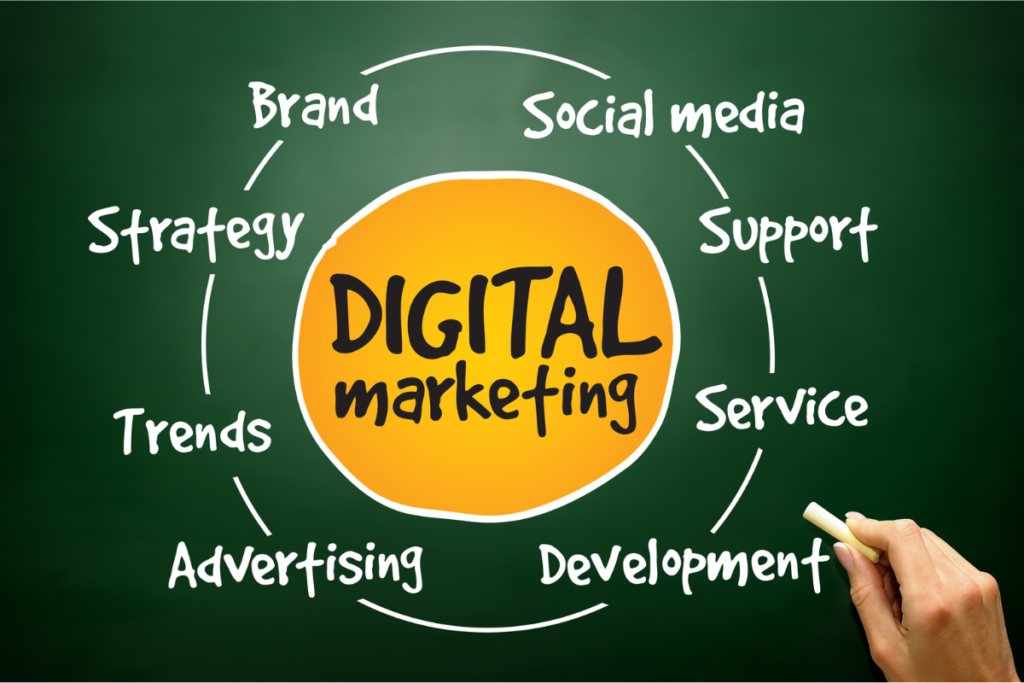In This Blog Learn About What Is Social Media Marketing? also About most suitable social media platforms, Social Media Marketing Strategy That Works, Social Media Tips and Tricks and also about The Social Media Trends.
Table of Contents
What is Social Media Marketing? An Overview

Social Media Marketing (SMM) is the practice of using social media platforms to promote and market a product, service, or brand to engage with a target audience. It involves creating and sharing content that engages with users and builds a loyal community. This marketing approach includes both organic (non-paid) strategies and paid advertising.
Social media marketing is an essential tool for modern businesses, allowing them to connect with their audience, increase brand awareness, and generate leads. From Facebook to Instagram and LinkedIn, businesses use various platforms to communicate with potential and existing customers. The key to effective SMM is to tailor your strategy to each platform and its unique audience.
Selecting the most suitable social media platforms for your business
Not all social media platforms are suited for every business. Choosing the right platform depends on factors like your target audience, industry, and the type of content you plan to share.
Facebook :-
Facebook is one of the largest social media platforms, making it ideal for businesses that want to reach a broad audience. With over 2.8 billion active users every month, it’s an excellent platform for both B2C and B2B businesses. You can share videos, images, articles, and create community groups.
Instagram :-
Instagram emphasizes visual content, making it a great fit for brands in industries like fashion, beauty, and food. Its features, such as Stories and Reels, offer creative ways for businesses to engage with their audience.
LinkedIn :-
LinkedIn is the go-to platform for B2B businesses, professionals, and recruiters. It’s ideal for sharing industry insights, networking, and lead generation in more formal industries like finance, IT, and consulting.
Twitter :-
Twitter is best for real-time interaction and sharing short-form content. It’s a great platform for businesses in tech, entertainment, and news media who want to engage with current events and trends.
Pinterest :-
Pinterest is a visual discovery platform where users explore, save, and share creative ideas. Ideal for brand marketing, it helps businesses drive traffic and conversions with visually engaging content, long-lasting pins, and targeted advertising.
Creating a Social Media Marketing Strategy That Works :-

For a successful social media marketing strategy, effective planning and consistent execution are essential.
Define Your Goals :-
What are your goals for social media marketing? Common objectives include raising brand awareness, generating leads, driving traffic to your website, or increasing sales. Clear goals help shape your content and measure your success.
Know Your Audience :-
Understanding your audience is a. Analyze your target demographic, their preferences, and the platforms they use. Customize your content to align with their interests and behaviors.
Develop a Content Calendar :-
Planning your content in advance helps ensure consistency. Create a content calendar outlining the type of posts you’ll share, the platforms you’ll use, and the frequency of posting.
Mix Organic and Paid Strategies :-
To achieve the best results, combine organic content with paid advertising. Organic content builds a community, while paid ads help expand your reach and target specific audiences.
How to Engage Your Audience on Social Media : Tips and Tricks
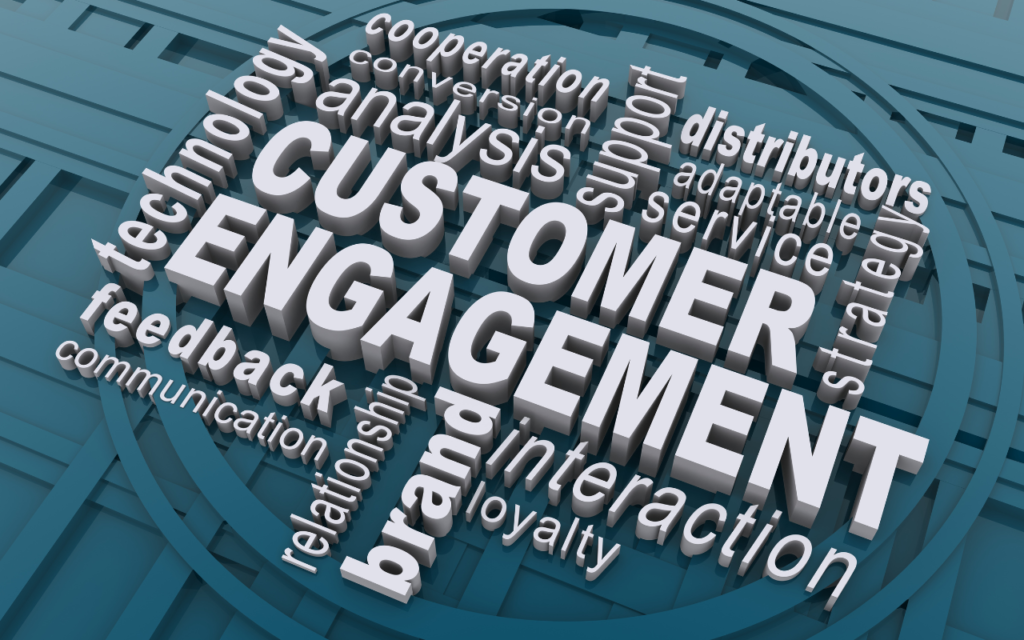
Connecting with your audience on social media is crucial for fostering relationships and encouraging interaction. Here are some strategies to enhance engagement :
Create Interactive Content :-
Polls, quizzes, and Q&A sessions encourage users to interact with your content. Interactive content makes your audience feel involved and gives them a reason to engage.
Use Stories and Live Videos :-
Social media platforms such as Instagram and Facebook provide features like Stories and Live Video. These tools provide a more personal way to interact with your audience in real-time, encouraging immediate engagement.
Encourage User-Generated Content :-
Invite your followers to create and share their own content related to your brand. User-generated content, such as reviews, photos, and testimonials, fosters trust and community.
Respond to Comments and Messages :-
Engagement is a two-way street. Make sure to respond to comments, messages, and mentions quickly and professionally. Showing your audience that you care increases brand loyalty.
The Role of Content in Social Media Marketing :-

Content is the backbone of social media marketing. Without valuable and relevant content, your strategy won’t be effective. Here are key types of content that drive social media engagement:
Visual Content :-
Photos, infographics, and videos grab attention more effectively than text-only posts. Visual content also encourages shares, helping your content reach a wider audience.
Storytelling :-
Telling compelling stories about your brand, mission, or customers helps humanize your business. Emotional and authentic storytelling resonates with audiences and drives deeper connections.
Educational Content :-
How-to guides, tips, and tutorials provide value to your audience. Educational content positions your brand as an authority in your industry and encourages users to share your posts.
Entertaining Content :-
Fun, light-hearted content, like memes or challenges, creates a sense of community and encourages user interaction. This type of content is particularly effective on platforms like TikTok and Instagram.
Social Media Advertising : How To Maximize Your Ad Budget Effectively

Social media advertising allows businesses to reach targeted audiences through paid ads. To maximize your ad spend, you need to focus on several key factors:
Define Your Audience :-
For social media ads to be successful, it’s crucial to target the right audience. Refine your audience by targeting specific demographics, interests, and behaviors.
Set Clear Goals :-
Your ad campaigns should have specific objectives, such as website clicks, lead generation, or brand awareness. These goals will help shape your ad format and messaging.
A/B Test Your Ads :-
Run A/B tests to evaluate which versions of your ads perform best. This allows you to identify which elements (headlines, images, CTAs) resonate best with your audience.
Track and Optimize Performance :-
Monitor your ad performance using social media analytics. Track metrics like reach, engagement, and conversions, and adjust your ads as needed to improve results.
Measuring Social Media Success : Key Metrics to Track
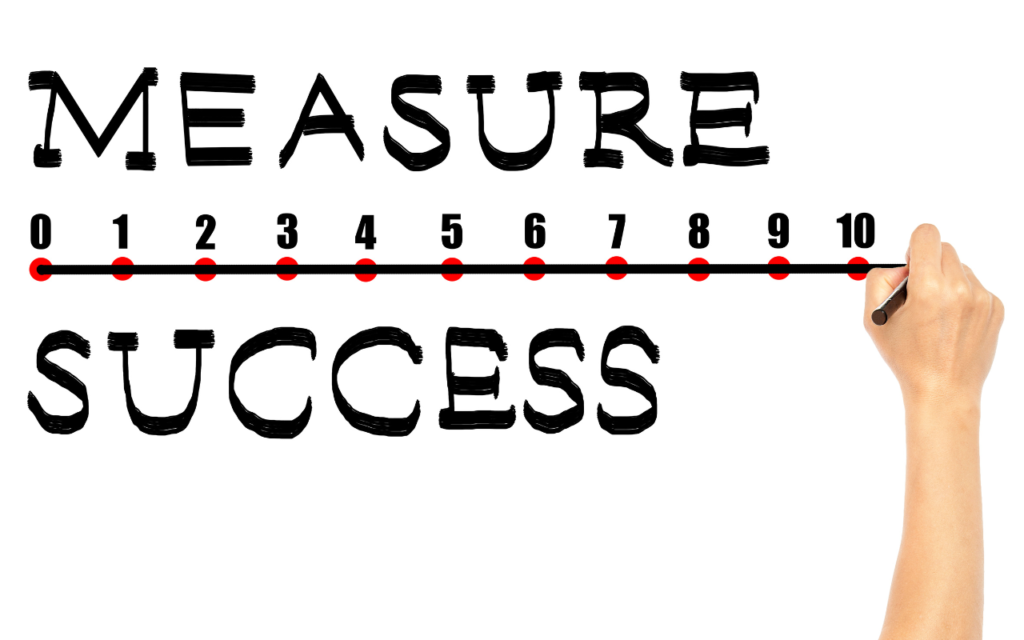
To determine whether your social media marketing efforts are paying off, it’s important to track key metrics. These include :
Engagement Rate :-
Measures how many users interact with your posts through likes, comments, and shares. When your content garners high engagement, it means it connects well with your audience.
Reach :-
Reach refers to the number of distinct users who have come across your content. It helps you understand the effectiveness of your content distribution.
Click-Through Rate (CTR) :-
CTR measures the percentage of users who click on a link in your post or ad. It’s an important metric for evaluating the success of campaigns that drive website traffic.
Conversion Rate :-
This metric shows how many users took a desired action (e.g., signing up for a newsletter or making a purchase) after interacting with your content or ad.
Social Media Trends You Need to Know :-
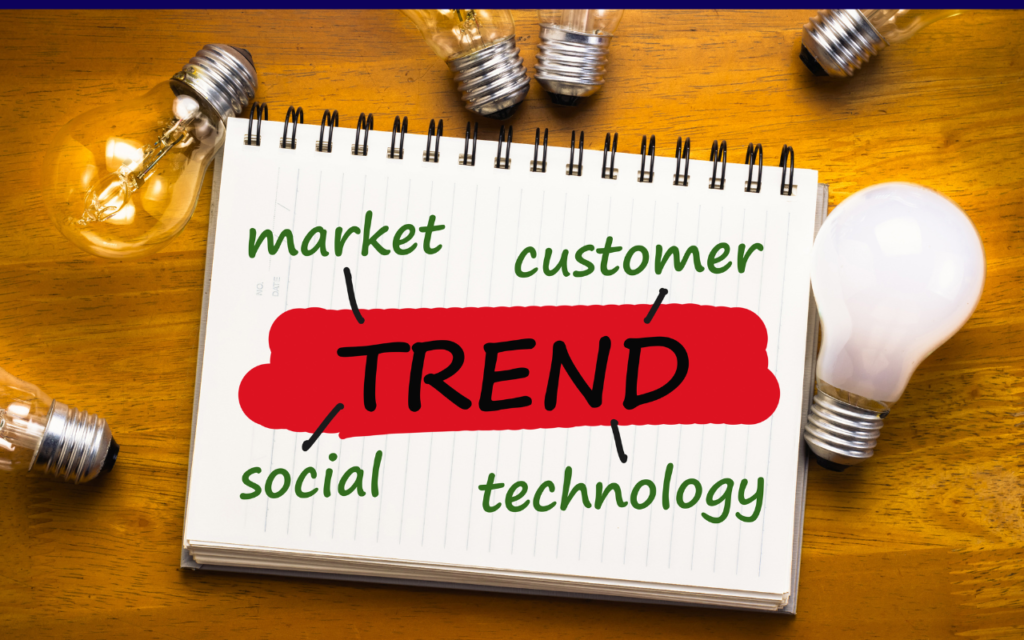
Remaining up-to-date with the latest trends is vital for success in social media marketing. Here are some emerging trends for 2024:
Short-Form Video Content :-
Platforms like TikTok and Instagram Reels are making short-form video the dominant form of content. Brands should focus on creating quick, engaging videos to capture attention.
Social Commerce :-
Social media platforms are increasingly integrating e-commerce features, allowing users to purchase directly from the app. Businesses should explore shoppable posts and ads.
AR/VR Integration :-
Augmented and virtual reality experiences are expected to become more prevalent, offering immersive ways for users to interact with brands.
Leveraging Hashtags for Greater Reach
Hashtags play a vital role in increasing your content’s visibility, helping it reach a wider audience beyond just your followers. By using relevant hashtags, you can increase the visibility of your posts and attract a broader audience. Here’s how to use hashtags effectively:
Trending Hashtags
Using trending hashtags helps your content get discovered by a wider audience. These hashtags are associated with current events or popular topics, allowing your posts to be seen by users following that trend.
Branded Hashtags
Creating a unique branded hashtag encourages user-generated content and community-building.
Niche Hashtags
Targeting niche hashtags allows you to reach a specific audience. These hashtags may not have as many followers, but they are more likely to be used by people interested in your product or service. For example, a vegan restaurant might use #VeganEats or #PlantBased to attract its ideal audience.
The Importance of Maintaining Consistency in Social Media Marketing
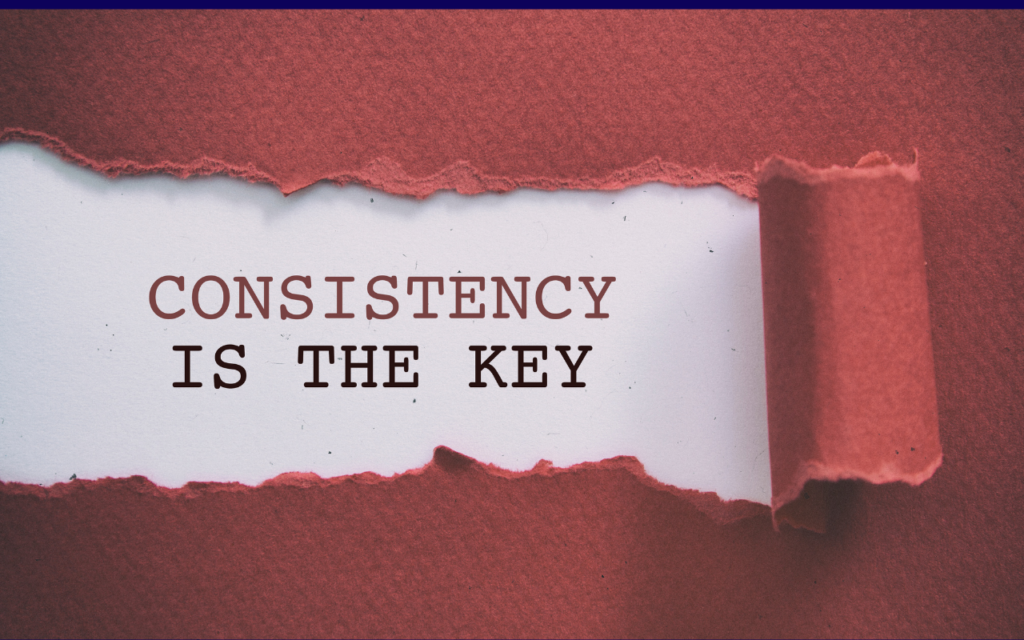
Consistency is key to building a successful social media presence. Posting sporadically or only when you have a promotion can cause your audience to lose interest. Here’s why consistent posting matters:
Builds Trust
When you post regularly, your audience learns to expect your content. Consistency builds trust because it shows that your brand is reliable and engaged with its followers.
Algorithm Benefits
Social media algorithms tend to prioritize accounts that post regularly. Consistent updates boost your chances of being featured in users’ feeds, ensuring steady visibility and engagement.
Keeps Your Brand Top of Mind
In a world where users are constantly scrolling through their feeds, it’s easy to get lost in the noise. Consistent posting ensures that your brand stays top of mind for your audience, increasing the likelihood of conversions over time.
The Impact of Social Media on SEO
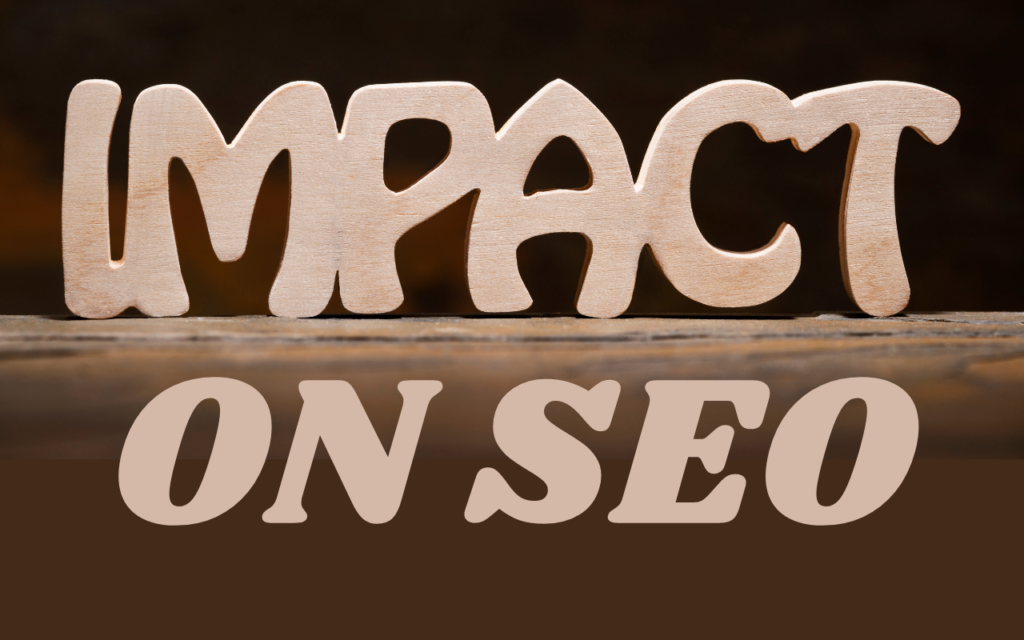
There’s a strong connection between social media marketing and search engine optimization (SEO). While social media signals aren’t a direct ranking factor for search engines, they can still influence your SEO efforts.
Increased Traffic
Sharing content on social media can drive more traffic to your website. The more traffic your site receives, the better its chances of ranking higher in search engine results pages (SERPs).
Social Shares as Backlinks
When people share your content on social media, it boosts your brand’s exposure. These social shares act like backlinks, as they generate more attention and engagement, which can positively affect your SEO performance.
Building Brand Authority
Building a solid presence on social media strengthens your brand’s reputation and authority within your industry. Search engines consider brand authority when determining rankings, and a strong social media presence helps boost your credibility.
Creating Shareable Content for Social Media
Content that resonates well with your audience can quickly become viral, greatly expanding your reach. To create content that encourages sharing, consider these tips:
Focus on Value
Content that provides value to users, whether it’s educational, inspirational, or entertaining, is more likely to be shared. Make sure your content has a clear purpose and aligns with what interests your audience.
Use Attention-Grabbing Visuals
Posts that include images or videos generally achieve better engagement than those with only text. Make sure your visuals are high quality and relevant to your message, and aim to capture attention within the first few seconds.
Include Clear Calls-to-Action (CTAs)
Encourage users to share your content by including CTAs. Phrases such as “Share this with your friends” or “Tag someone who needs to see this” can encourage more people to share your content. The simpler the action, the more likely people are to follow through.
Leverage Emotions
Content that evokes powerful emotions like happiness, inspiration, or laughter tends to get shared more often. Tapping into emotions can create a personal connection with your audience, making them more likely to share the content with their network.
Creating a Social Media Content Calendar
Planning your content in advance ensures consistency and helps you avoid the stress of last-minute posts. A social media content calendar outlines what you’ll post, when, and on which platforms. Here’s how to build a successful content calendar:
Set Goals
Before setting up your content calendar, clarify your social media goals. Are you aiming to enhance brand visibility, drive more traffic to your website, or increase engagement? Your goals will guide the type of content you should post.
Plan for a Mix of Content
Offering a variety of content types keeps your audience interested, so make sure to include different formats in your plan. This might include blog posts, infographics, videos, behind-the-scenes content, and user-generated content. Each type of content serves a different purpose, whether it’s to inform, entertain, or inspire.
Choose the Right Posting Frequency
How often you post depends on your audience and platform. For instance, platforms like Twitter benefit from multiple daily posts, while Instagram and Facebook may perform better with fewer, more meaningful updates.
Use Automation Tools
Social media management tools like Buffer, Hootsuite, or Sprout Social can help you schedule posts in advance. These tools streamline the posting process and ensure that your content goes live at optimal times.
The Role of AI and Automation in Social Media Marketing

Artificial Intelligence (AI) and automation tools are transforming how brands manage their social media marketing. These technologies help streamline processes, enhance customer interactions, and provide more in-depth analytics. Here’s how AI and automation can benefit your social media efforts:
Chatbots for Instant Customer Support
AI-powered chatbots are becoming a staple on social media platforms, offering instant responses to customer queries. This reduces response time and enhances customer satisfaction by providing 24/7 support.
Predictive Analytics
AI can examine user behavior to forecast upcoming trends and suggest actions. This allows you to optimize your social media campaigns by predicting which types of content or offers are most likely to resonate with your audience.
Automated Post Scheduling
Automation tools enable you to schedule social media posts in advance, ensuring your content goes live at the most effective times. This saves time and allows you to maintain consistency, even when you’re not actively online.
Frequently Asked Questions
Social media marketing utilizes platforms such as Facebook, Instagram, and Twitter to boost your brand, interact with your audience, and drive traffic or sales.
Choose platforms based on where your target audience spends the most time and what type of content you create. For example, Instagram is ideal for visual content, while LinkedIn is better for professional networking
Social media ads help you reach a specific audience, increase brand visibility, and generate leads or sales. They are highly targeted and allow you to set clear objectives for your campaigns.
Important metrics include engagement rate, reach, click-through rate, and conversion rate. These metrics allow you to evaluate the performance of your content and advertisements.
Posting frequency varies by platform. For Twitter, multiple posts per day work well, while platforms like Instagram and Facebook can perform effectively with fewer posts—around 3-5 times per week.
Organic social media marketing refers to unpaid content, while paid social involves using advertisements to promote your posts or business. Both are crucial for a comprehensive strategy.
Track key performance metrics like engagement, reach, click-through rates, and conversions. Use tools like Google Analytics or platform-specific insights to measure your success.
